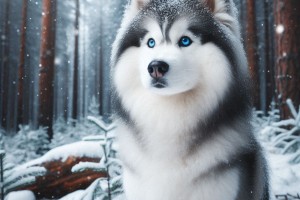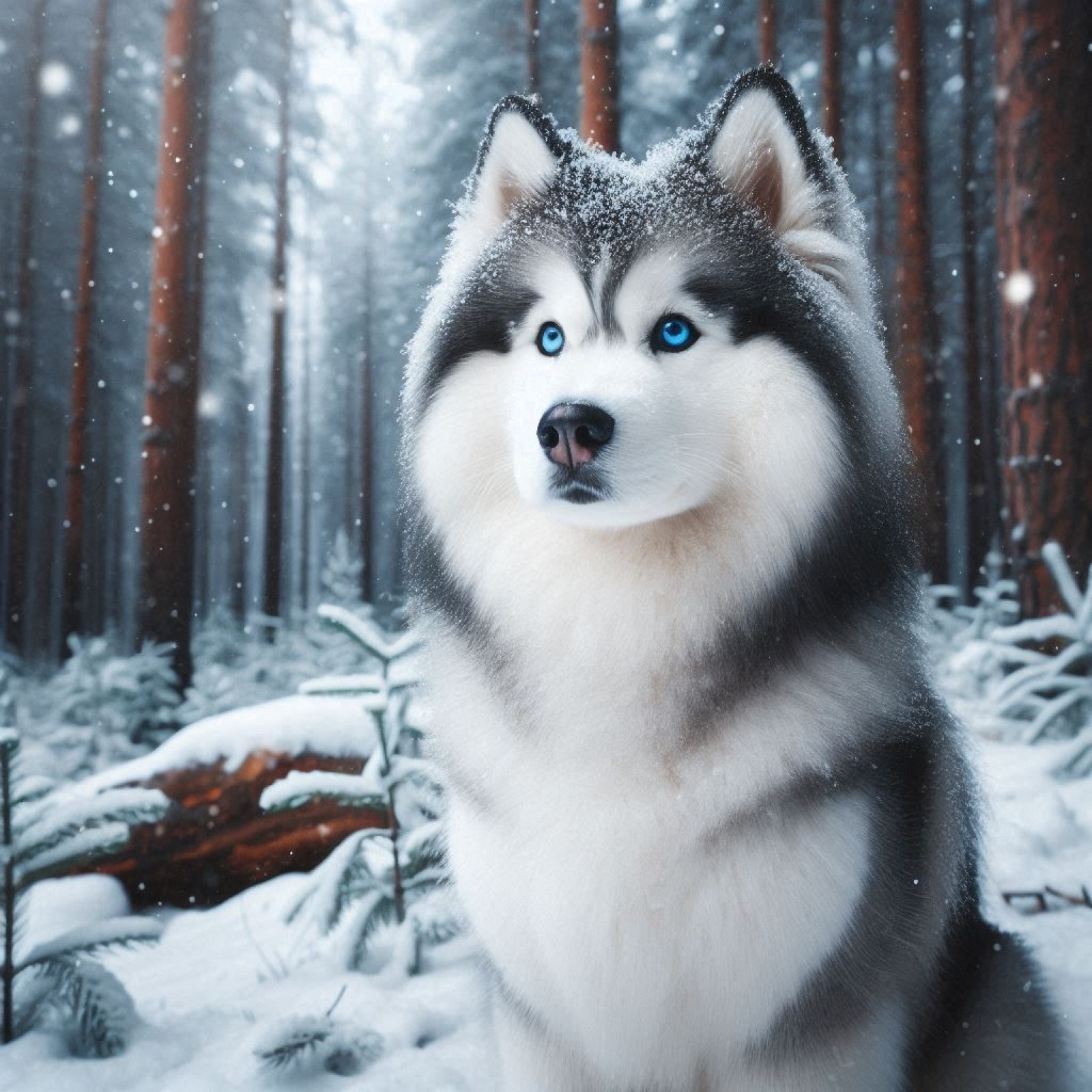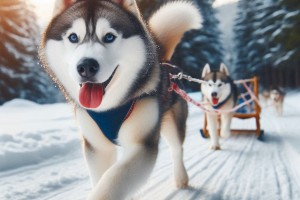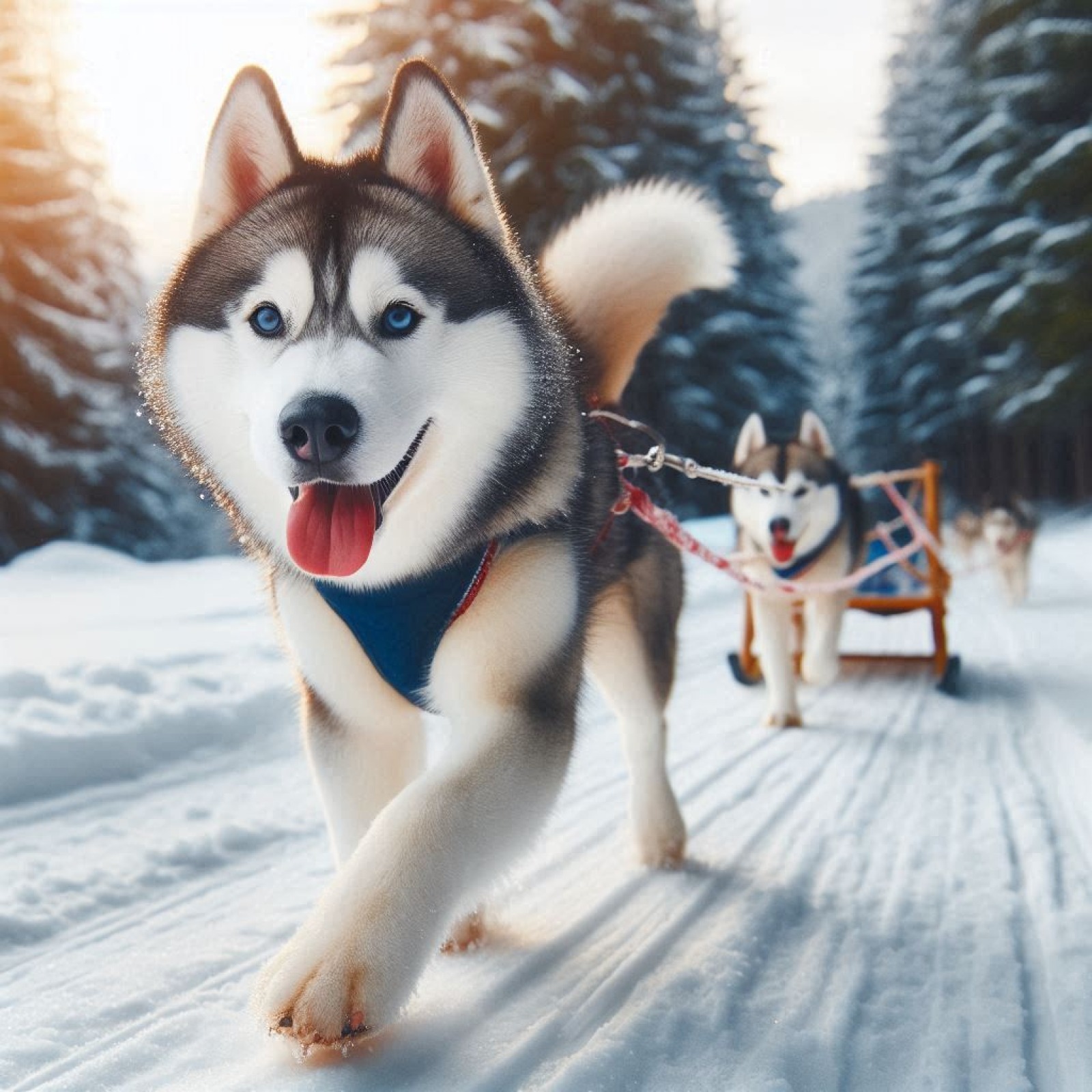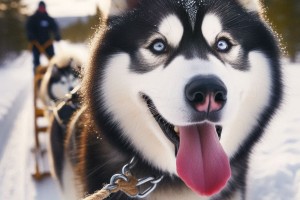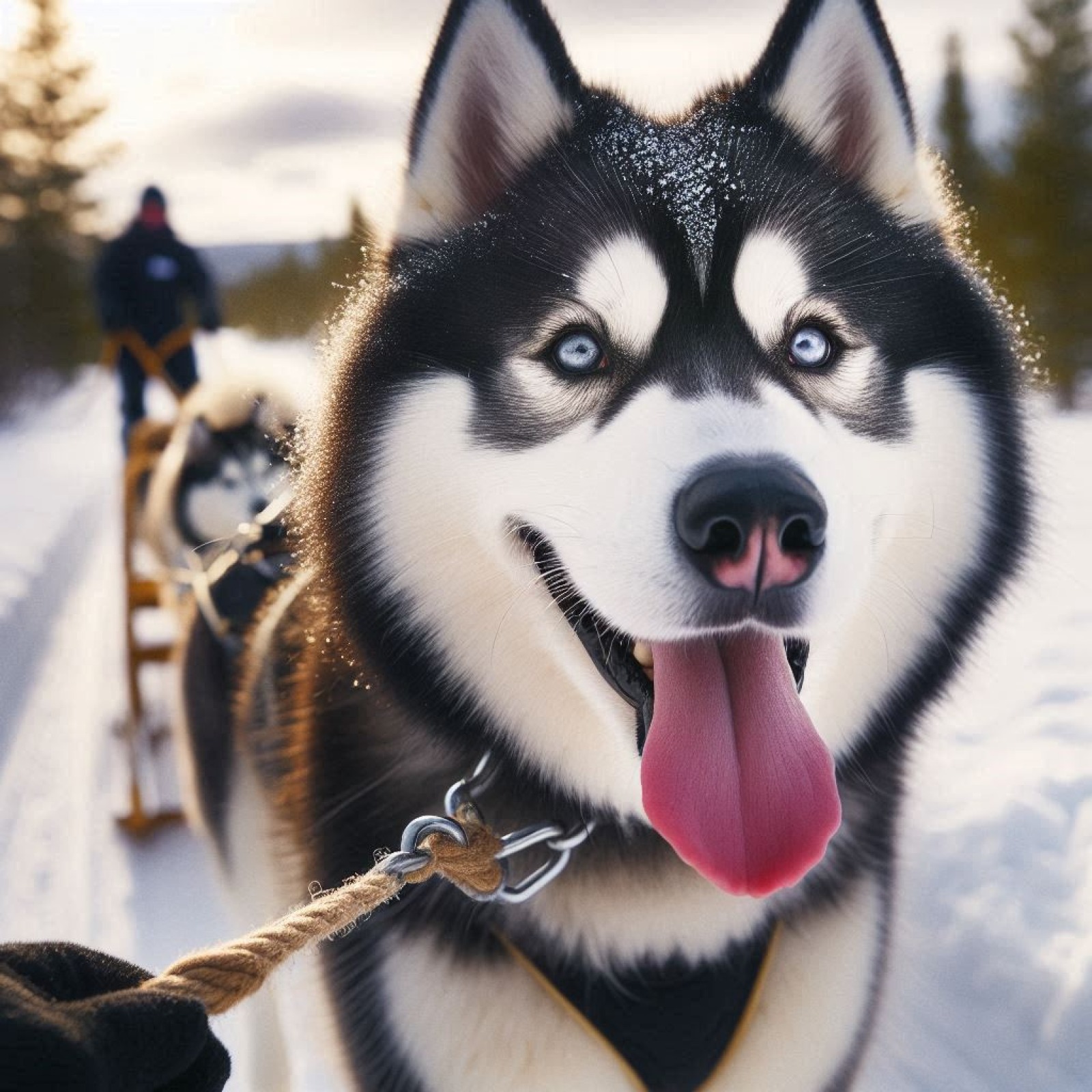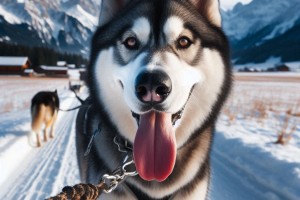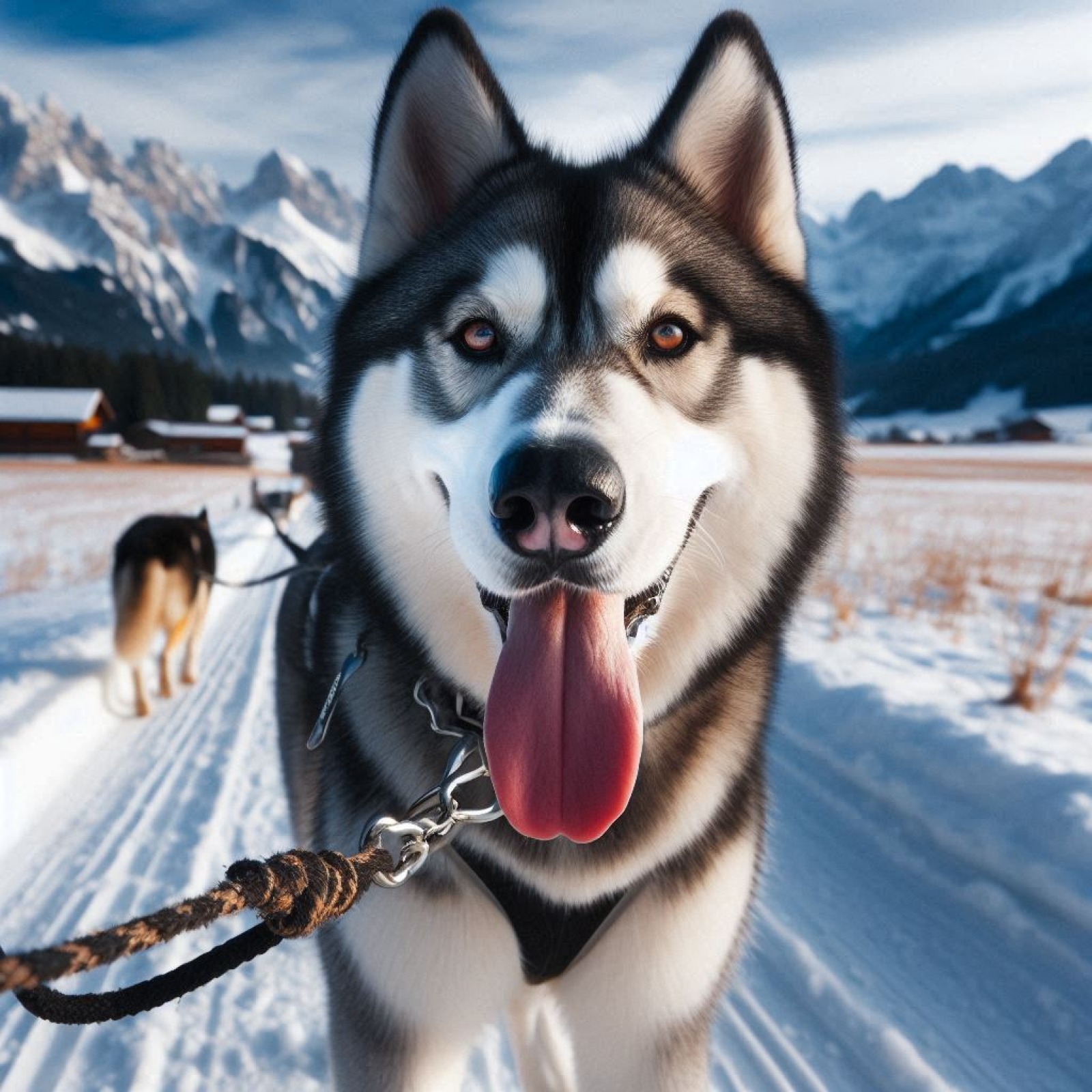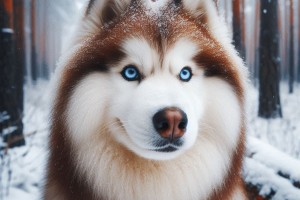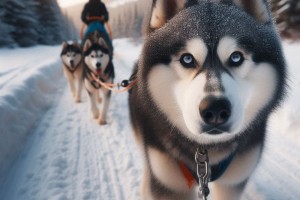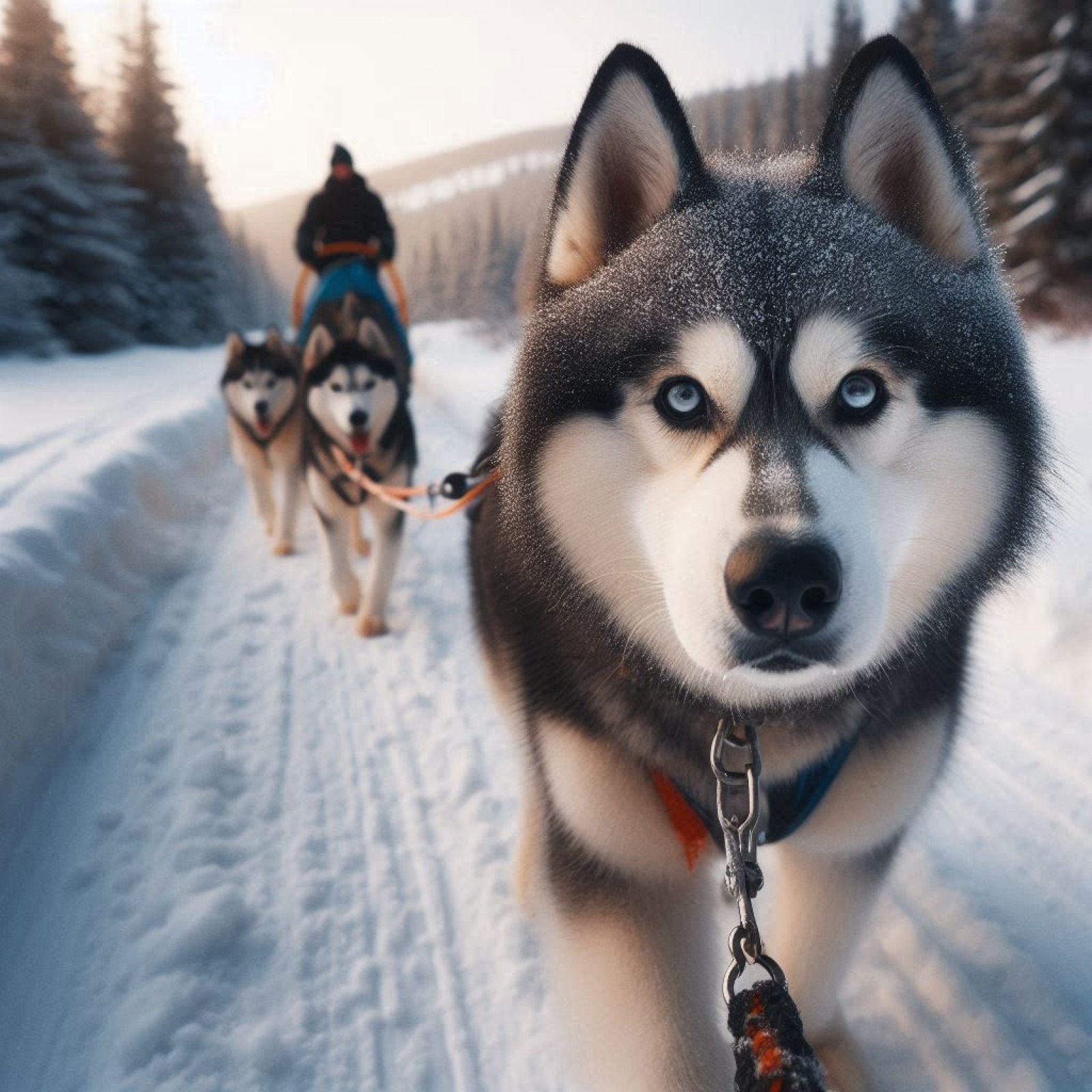American Husky
American Husky
Origin and History:
The term "American Husky" is often used to refer to the Alaskan Husky, a breed developed in North America for its exceptional sled-pulling capabilities. Unlike the Siberian Husky, which has a more standardized appearance and lineage, the Alaskan Husky is a mixed breed, selectively bred for performance rather than looks. The breed's origins trace back to the early 20th century when mushers in Alaska and Canada began crossbreeding various dogs, including Siberian Huskies, Alaskan Malamutes, and other working breeds, to create the ultimate sled dog.
Appearance:
Due to their diverse genetic background, Alaskan Huskies can vary significantly in appearance. They generally have a lean, athletic build, with males typically weighing between 40 to 60 pounds and females between 35 to 55 pounds. Their height ranges from 20 to 26 inches at the shoulder. They have a dense double coat that can come in a variety of colors, including black, white, gray, and red. Their eyes can be brown, blue, or even one of each, and they often have a wolf-like appearance.
Temperament:
Alaskan Huskies are known for their friendly, outgoing, and energetic nature. They are highly intelligent and thrive on physical activity and mental stimulation. These dogs are generally good with children and other dogs, making them excellent family pets. However, they have a strong prey drive and may not be suitable for homes with smaller pets. Alaskan Huskies are also known for their vocal nature and may howl or bark to communicate.
Health:
The Alaskan Husky is generally a healthy breed, but like all dogs, they can be prone to certain health issues. Common concerns include hip dysplasia, hypothyroidism, and progressive retinal atrophy (PRA). Regular veterinary check-ups, a balanced diet, and proper exercise can help maintain their health and well-being.
Exercise and Training:
This breed requires a significant amount of exercise to stay healthy and happy. They thrive in environments where they can engage in vigorous physical activities such as running, hiking, and, of course, sledding. Training should be firm and consistent, as these dogs are intelligent but can be independent. Positive reinforcement techniques work best to motivate them and build a strong bond with their owners.
Grooming:
The Alaskan Husky's coat needs regular brushing to keep it free of mats and tangles. During shedding seasons, more frequent grooming may be necessary to manage loose hair. Bathing should be done as needed, depending on the dog's activity level and environment.
Living Conditions:
Given their size and energy levels, Alaskan Huskies are not well-suited for apartment living. They do best in homes with large yards or rural settings where they can have ample space to move around. They are also well-adapted to colder climates, thanks to their dense coats.
Lifespan:
The average lifespan of an Alaskan Husky is around 10 to 15 years.
Conclusion:
The Alaskan Husky is a versatile and hardworking breed that makes a wonderful companion for active families and individuals. With their striking appearance, friendly nature, and high energy levels, they are sure to bring joy and companionship to any home that can meet their exercise and training needs.
: The Spruce Pets
: Canine Journal

